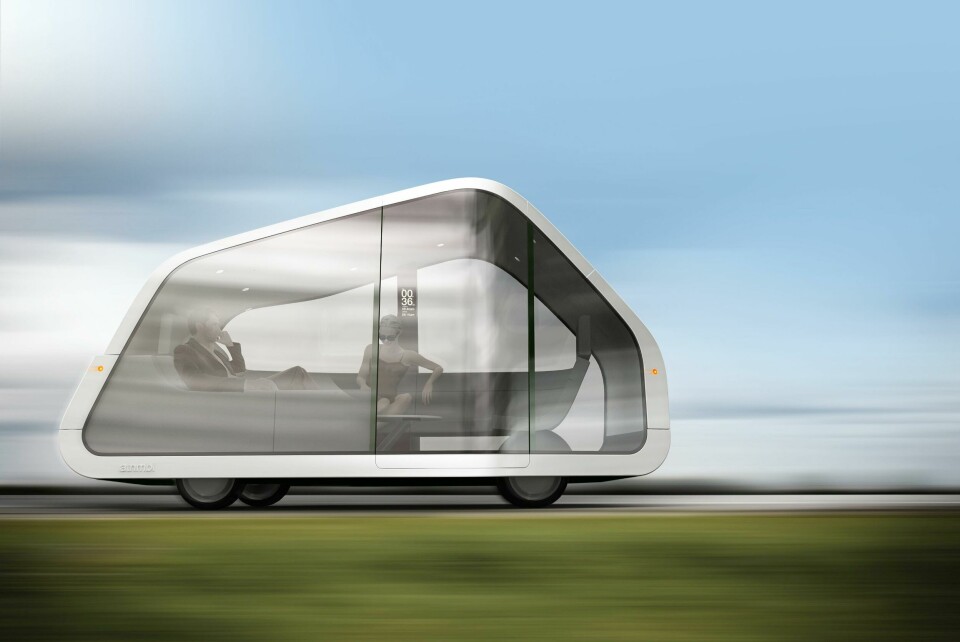
Concept Car of the Month: ATNMBL (2009)
A radical concept that launched the autonomous car debate
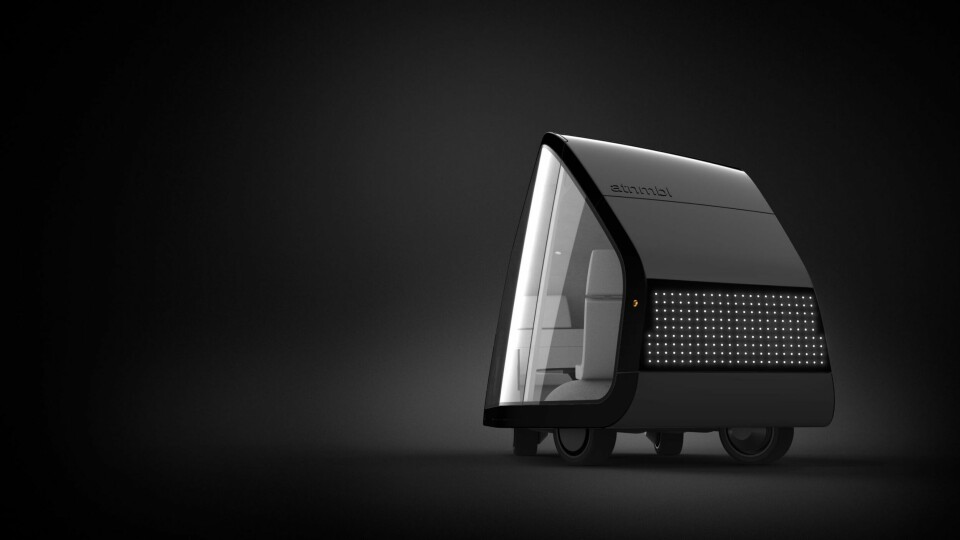
The car had no windscreen.
There was no view forward.
There was no steering wheel, no accelerator, no brake, no clutch.
There was no instrumentation.
The cabin was entered standing up.
A voice would greet you as you entered: “Where shall I take you?”
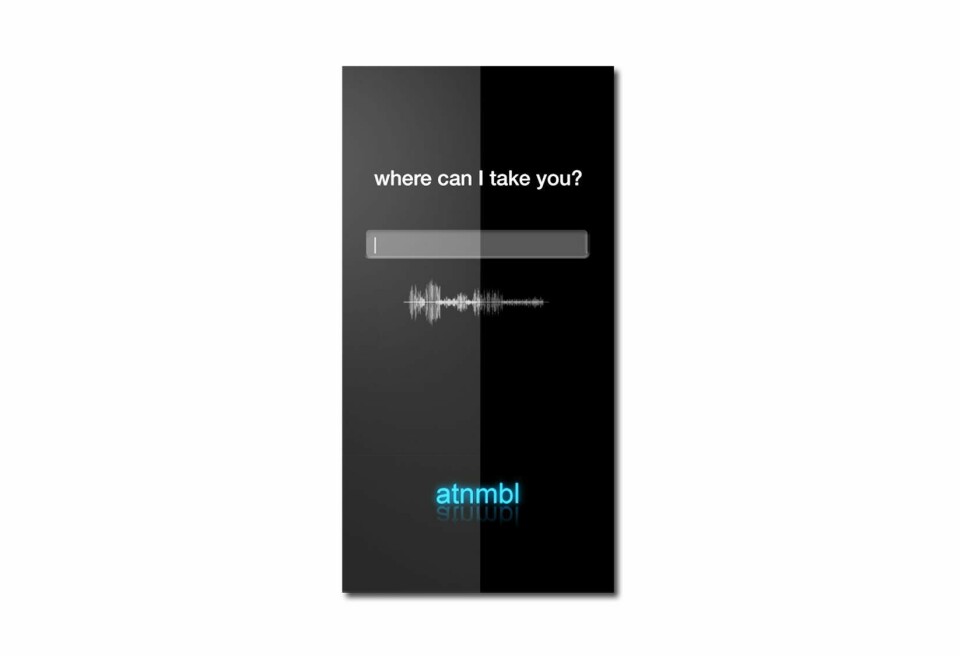
Then, you settled into a semi-circular lounge in a glass-enclosed cabin so modern and pure it could have come from a Case Study House. There was no need to worry about driving, the car would take you to your destination.
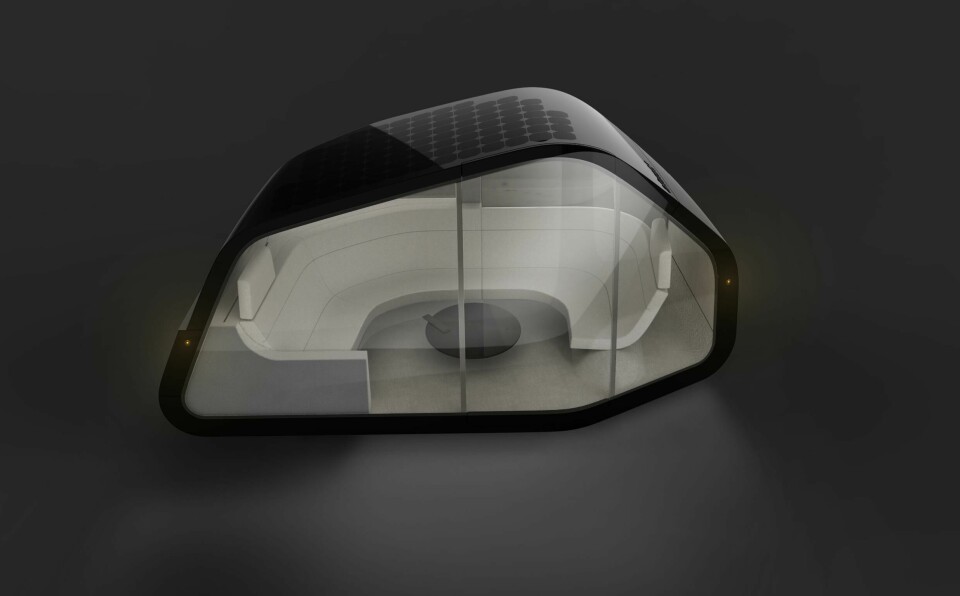
The car was the ATNMBL (short for ‘Autonomobile’), a radical proposal from the San Francisco- based industrial design practice Mike and Maaike in 2009. The concept appeared just after both GM and Chrysler declared bankruptcy, and the whole auto industry seemed destined to drown in the maelstrom of the Great Recession.
ATNMBL came along at a moment of existential crisis for the automobile, appearing just after both Chrysler and GM declared bankruptcy. It seemed that the entire industry might collapse.
Governments from North America, Europe and Asia had to intervene to rescue ailing automakers. The industrial colossus of the automobile that had loomed so large over the 20th century suddenly seemed endangered in the 21st.
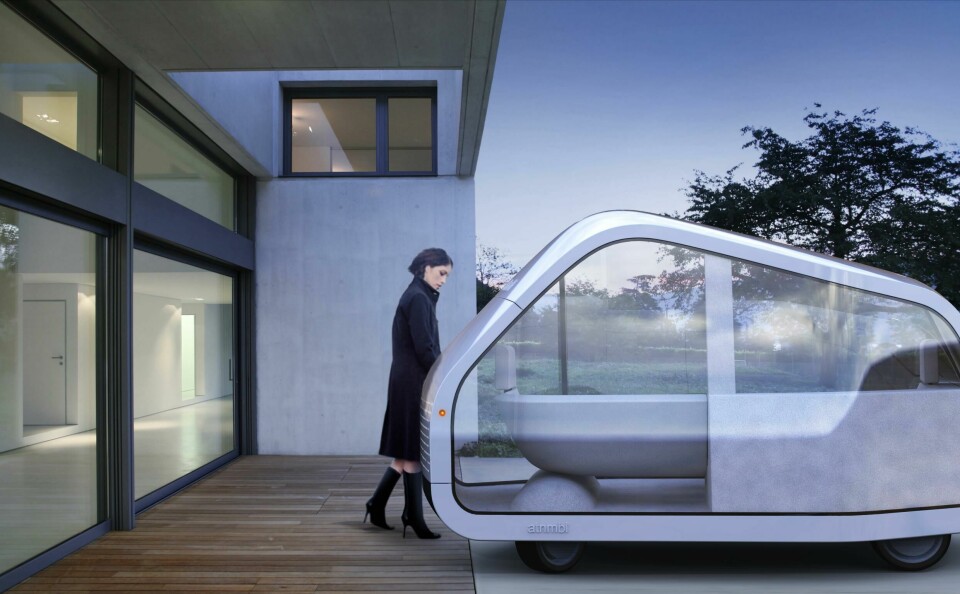
Just as the economic crisis questioned the viability of the car industry, Mike and Maaike’s design of the ATNMBL concept seemed to upset every notion of proper automotive design. With no driver’s-seat controls or windscreen, any traditional notions of “driving a car” were cast aside.
The passengers (up to seven) sat looking out the side of the car, arrayed along the long axis of the vehicle. They could look at the view, or the big screen in front of them – a first conceptual proposal of what would be hotly debated in coming years. There was even a coffee table.
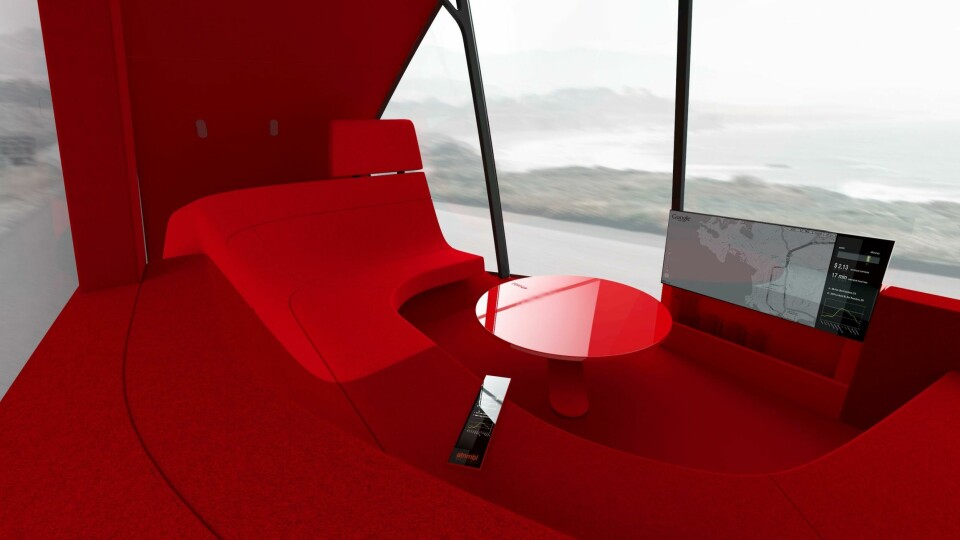
The exterior was equally at odds with traditional notion of automotive design. As noted above, there was no windscreen, an unnerving prospect to those used to scanning the road ahead. The front mask, such as it was, contained rows of tiny lights and sensors, a visually neutral face.
The overall form of the car was a sort of torqued monospace, looking from some angles like a reversed and curving wedge, from other angles like a glassed-in Moebius strip.
The designers, Mike Simonian and Maaike Evers, even questioned the very notion of performance, stating, “It’s time to look at performance in a new way. Dismissing the need for extreme MPH and acceleration as irrelevant, ATNMBL proposes a new standard of performance: one of time-saving, quality of life, and increased exploration. Freed from the monotony of driving, we can enjoy quality time while in transit: socialising, gaming, movies, business, video calls, web surfing, sleeping or discovering new places with powerful voice-controlled search and navigation.”
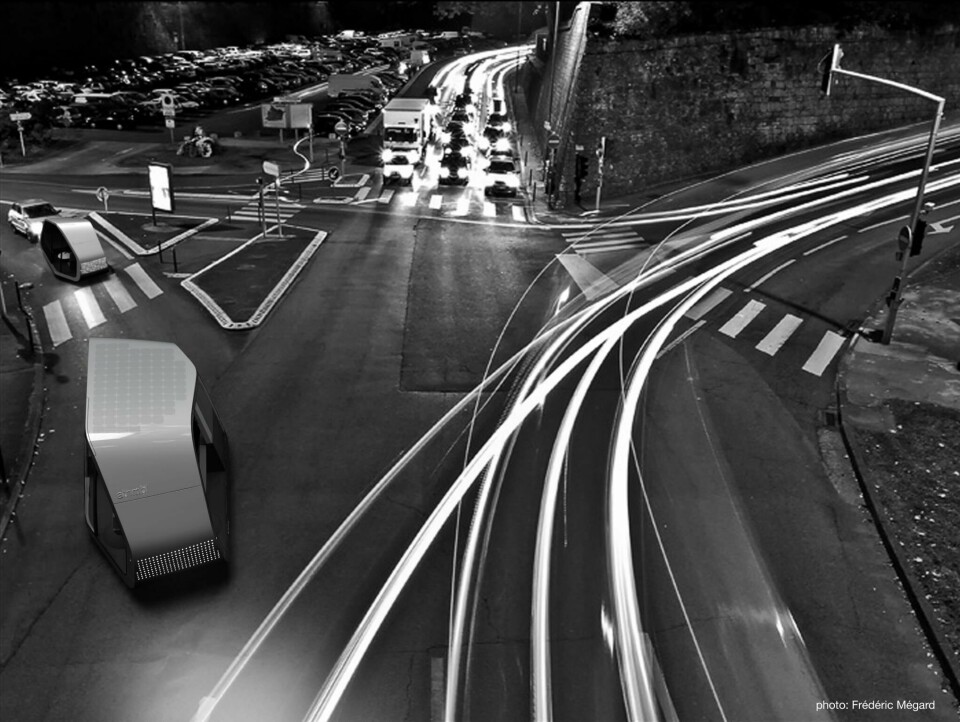
When it was introduced, the press and the industry treated the proposal with a mixture of bemusement, confusion, derision and reluctant admiration. Traditional OEMs came calling, but their reaction was mixed (see interview below). The ATNMBL was just too conceptual, too far out for many to grasp. But change was coming, and discussions about autonomy were starting in unlikely places.
The decade since has seen a great deal of passionate discussion, a number of very promising prototypes, and a cycle of hype and disillusionment. It’s not clear where we go from here, though the autonomous technologies – sensors, LIDAR, cloud connections, etc. – continue to develop. Regulation and popular acceptance are still in their infancy, but the ATNMBL still remains a serious model for a future vehicle.
However, the ATNMBL was planned for the year 2040, a full twenty years ahead of us. We will be hanging onto those steering wheels for a while yet.

Interview with Mike and Maaike, August, 2019:
On the tenth anniversary of the ATNMBL, we thought it would be nice to catch up with Mike and Maaike, and further delve into the project, the reactions at the time, and their thoughts looking back from 2019. Here is a transcript of our email interview, only lightly edited.
Car Design News: There was a lot of interest in the ATNMBL when it first found its way to the press. Could you tell us who published it first, and the moment when the concept went “viral”?
Was there interest from the International press?
Mike and Maaike: When we announced our ATNMBL project in 2009, our intention was to spark a deeper conversation about the automobile and the future of personal transportation. The car industry was in trouble and most future visions were more style than substance. We spent months in our studio researching, brainstorming and designing the concept vehicle for the year 2040. At the time, we weren’t aware of any design concepts or serious conversations within the industry around autonomous vehicles.
Through our research, we did become aware of some of the raw engineering work being done around autonomous vehicles specifically for the DARPA Challenge. We recognised the impact this could have to the experience of transportation and saw the need for a new vision that redefined the experience of transportation rather than the typical car styling approach.
When we were ready to reveal the project, we wrote an article to accompany the announcement, entitled The End of Driving, which was published on Core77. In addition, we released the images to many of our press contacts including Dezeen. As soon as we released the article and images, the project was appearing everywhere in the design press, internationally, then in the mainstream press.
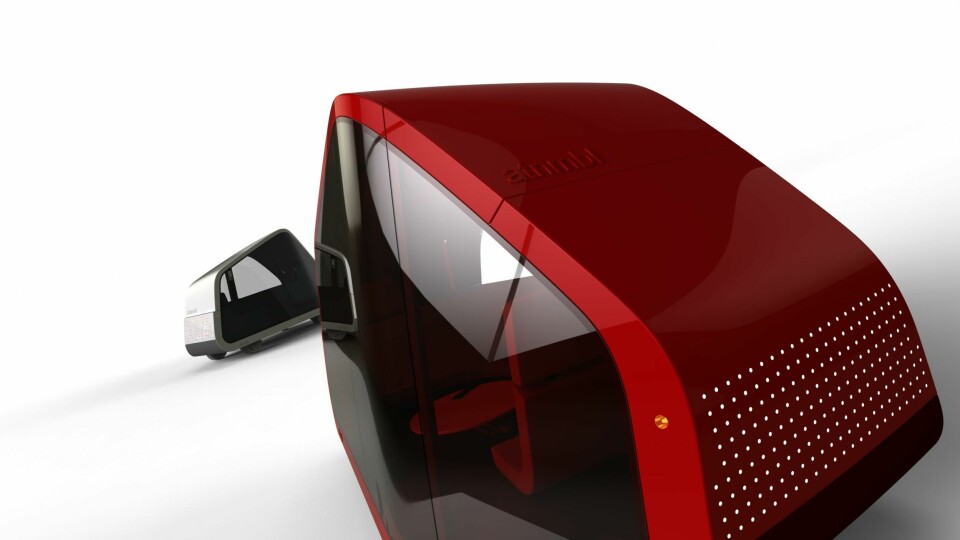
CDN: What was the most unique reaction to the ATNMBL; positive or negative?
M&M: The original Core77 article is still online, including the comments section which reveals just how much the project ignited a debate both for and against autonomous vehicles, and for and against taking a different approach to car design. One of the most memorable comments was one commenter saying you would have to pry his cold, dead hands from his steering wheel before taking away his freedom to drive. There were other comments that were very supportive and it struck a nerve with people who did not enjoy driving hours and hours in traffic each day and would welcome an autonomous vehicle that could free them to do other things during their commute. In retrospect, the title of our article, “The End of Driving” was maybe more provocative than it needed to be and started more of a debate than a conversation, at least online.
In real life, it did spark meaningful conversations. Within weeks of publishing the project, we were approached by a few car companies, including BMW, Nissan, and Toyota, who mostly just wanted to learn about our approach and see how real the project was. I remember presenting the project to the team at Nissan’s design centre and witnessing a divided reaction even within the design team, with some of the younger designers reacting much more favourably to our approach.
In 2010, we were invited to speak at a Bloomberg conference around the future of cars. It seemed the entire conference was focused on whether electric vehicles were feasible and how to charge them. When we presented our vision for autonomous vehicles, the crowd of auto industry insiders was puzzled because it seemed so far in the future. To them, the relevant questions were around efficiency, electric or fuel cell power, not to rethink the entire driving experience.
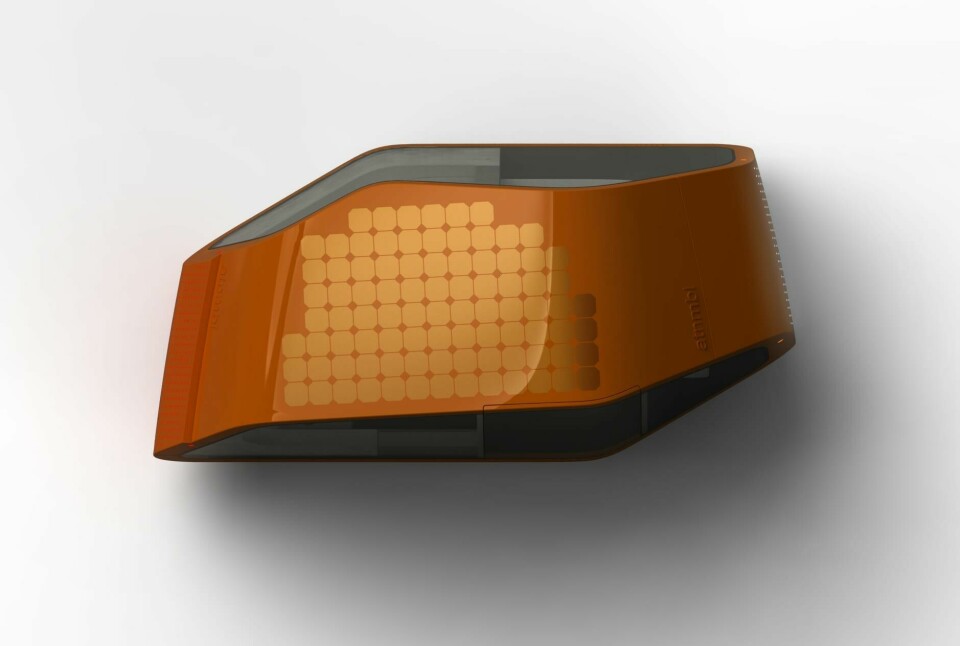
CDN: You worked with Google intensely for several years. Did you work on the “Firefly” project – either in design, or conceptualising what autonomous cars could be, or both?
Did you ever ride in the Firefly? If so, what were your impressions?
M&M: We actually presented the concept at Google back in 2009 and it was revealed somewhat cryptically to us that the Google Priuses driving around campus at the time may or may not simply be Street View cars. We were blown away that an internet company might be at the forefront of driverless technology. Later, we learned that Google had in fact hired most of the engineers from the two winning teams from the DARPA Challenge we had researched.
When we did end up joining Google in 2012, we were focused on designing phones and tablets but were excited to meet the Chauffeur team (Now Waymo). During our years at Google, we participated in design workshops and prototyping sessions around driverless cars with the Chauffeur team, but we did not work on the Firefly project. We rode in the earlier vehicles prior to Firefly but didn’t ride in the Firefly vehicle. Riding in the driver’s seat in a driverless Google vehicle down the 280 freeway in 2012 felt incredibly futuristic at the time.
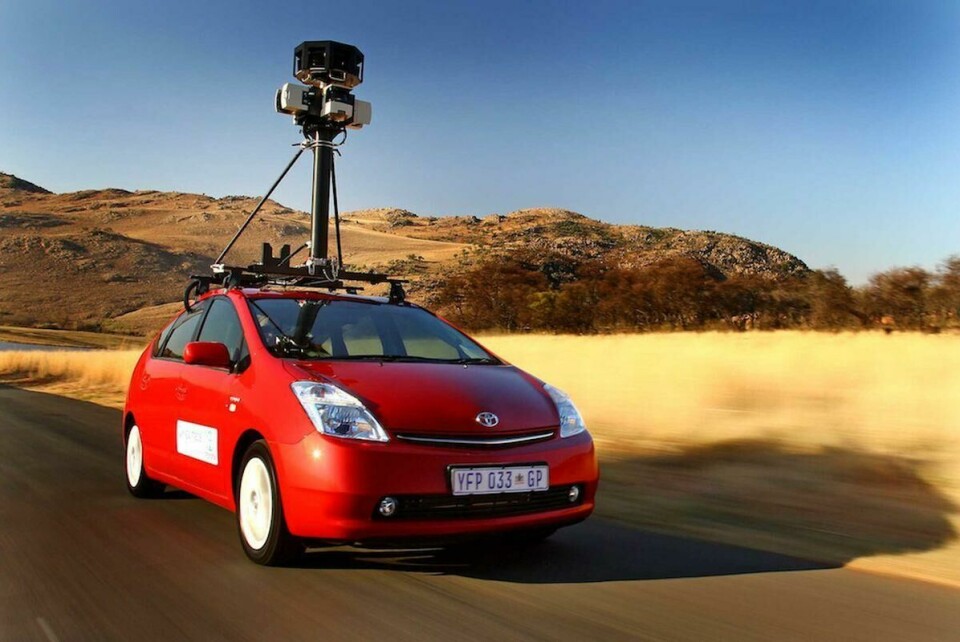
CDN: Were you ever contacted by a traditional car manufacturer? If so, did that result in design work?
M&M: Somewhat ironically, the car manufacturers that did contact us wanted to work with us, but their budgets were so restricted during the recession that they were more focused on retaining their internal teams than hiring an outside studio. One major car company even offered a creative way around this – they offered to build a full-size ATNMBL in exchange for us working on a different project with them. This didn’t happen ultimately, but would have been fun. So, in the end, the only company we’ve worked with on driverless cars has been Google.
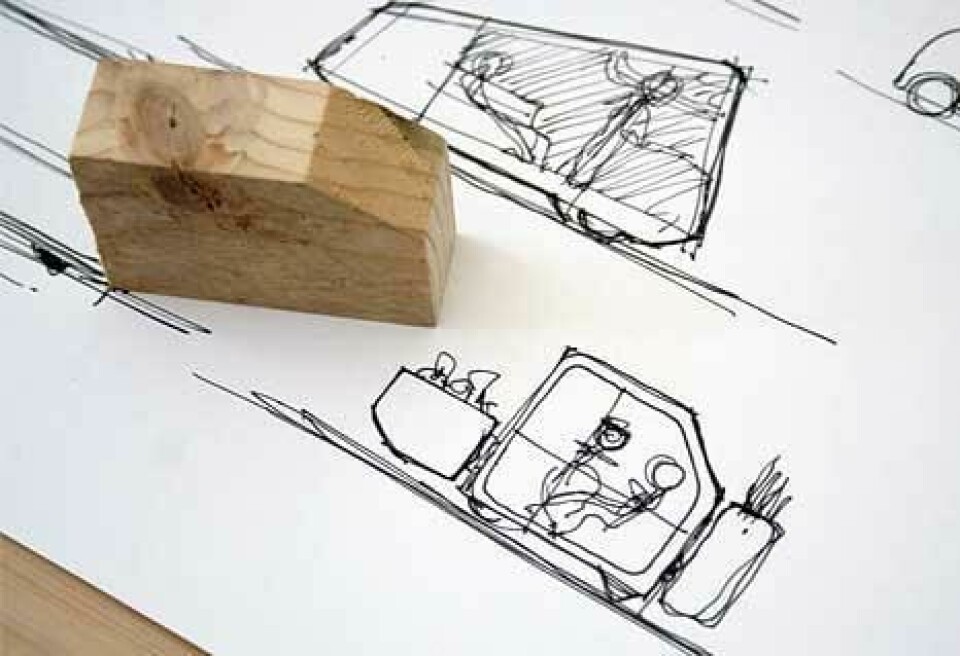
CDN: Have you followed the evolution of the autonomous car over the last decade, both in technology and design? Any comments on these proposals? Do you have a favourite (besides your own design)?
M&M: We’ve followed both the technology and the design of autonomous vehicles for the past decade. Ten years ago, it seemed nobody was talking about or envisioning the design of driverless cars. After designing ATNMBL in 2009, we were excited to see more and more concepts around autonomous vehicles over the years, starting around 2011, and would like to think our project sparked some of these conversations – at least on the design side. Now it seems every concept car is autonomous. Some of the most interesting concepts are from students who are mixing vehicle and transportation typologies. From a production vehicle standpoint, it’s been interesting to see how the technology has slowly evolved from safety features like lane departure and emergency braking to semi-autonomous modes such as Tesla’s Autopilot.
From a pure design standpoint, we are big fans of some of the alternative approaches that really throw everything you thought about cars out the window. Projects like the Consumer from Joey Ruiter (2016) or the Nucleus from NonObject (2008), or IKEA’s Space10 vision of self-driving cars as hotels, farms, and clinics (2018). The Symbioz from Renault (2017) was very interesting in its presentation connecting architecture and vehicle (though the exterior styling was uninspiring). The Mercedes F 015 Luxury in Motion from 2015 was maybe the first complete vision we’ve seen from a car manufacturer that really showed the possibilities of a fully driverless interior. IDEO’s Future of Automobility project from 2014 included a vehicle surprisingly similar to our ATNMBL design and had some very interesting ideas. Mutation by Ora-Ïto for Citroën (2011) was an absolutely stunning future vision.
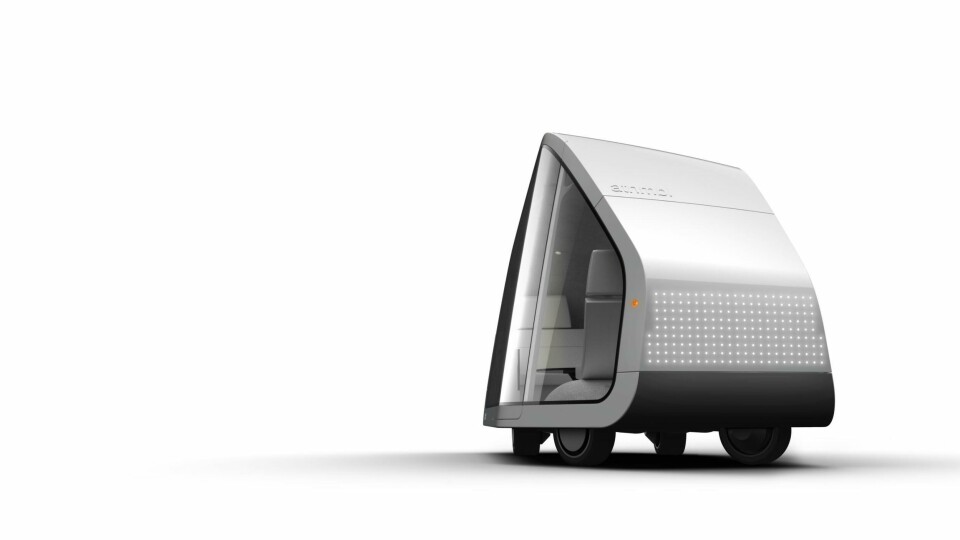
CDN: We seem to have fallen into the “trough of disillusionment” with autonomous cars. Do you think they will be a part of our automotive future? If so, when?
M&M: In 2009, we predicted a mainstream automobile with a driverless option for 2020, driverless automobiles with the option to drive in 2030 and full autonomy, no steering wheel, no seatbelts (100% safety) for the year 2040. When we joined Google in 2011 and saw what they were working on, we felt the technology would be adopted in the mainstream much, much earlier. Now, it’s really hard to tell. Much of it will depend on what the standards for safety will be and whether the social and economic benefits will outweigh the barriers/risks. Meanwhile, autonomy-like features will slowly become standard and full autonomy may be something that happens literally overnight through an OTA update to a vehicle’s software, or simply activating an AI system that has been learning all along and suddenly comes online.
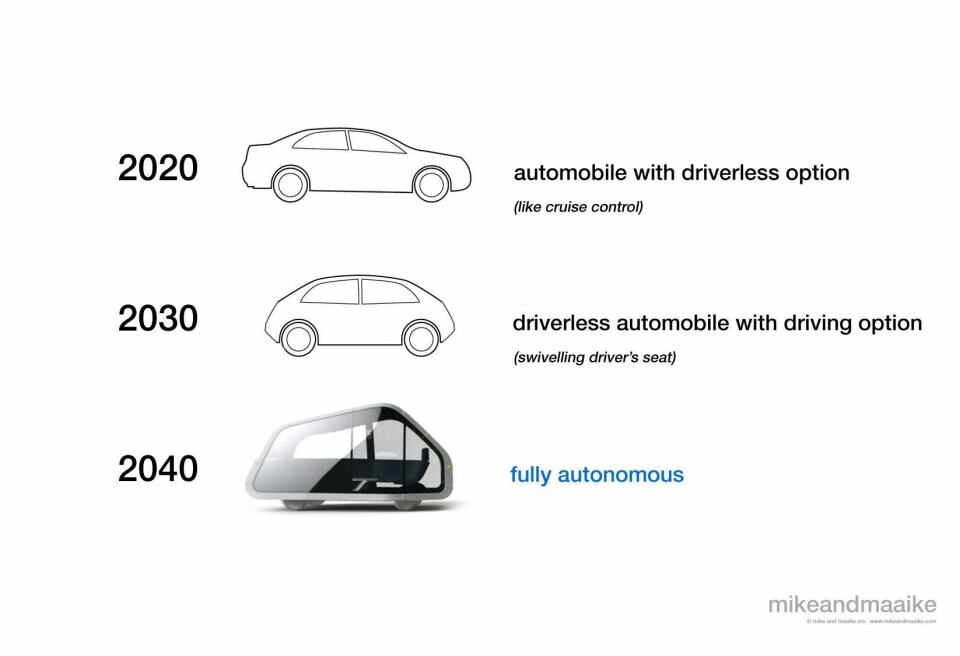
CDN: Looking back from 2019, would you have designed anything differently on the ATNMBL? Will there be an ATNMBL 2.0?
M&M: Here’s what we’ve learned: Currently, the focus is on technology development. There’s so much talk about LIDAR and sensors, it’s really boring stuff – necessary, but boring. The technology, while difficult to develop, is not the greatest challenge. The greater challenge is to envision and communicate the experience in a way that inspires people deeply. When society truly believes in the benefits and wants the vision to be real, the technology development will get much more support, regulations will adapt, laws and economics will all evolve to make it happen. If people feel the technology is being forced upon them and they don’t see the benefits, there will be less incentive for all of the necessary changes to take place.
If we were to do something different back then, it would be to more deeply visualise and communicate the experience, build full-size prototypes so people could experience what it’s like to be inside the vehicle. We would focus even more on the experiential aspect of the vehicle. What does this mean for your commute? For your vacation, road trips, night out, for your aging parents, teens, emergency vehicles, trucking, etc. What are the societal benefits?
We don’t have a sketch of ATNMBL 2.0 yet, but we think it may be an RV for exploring national parks.
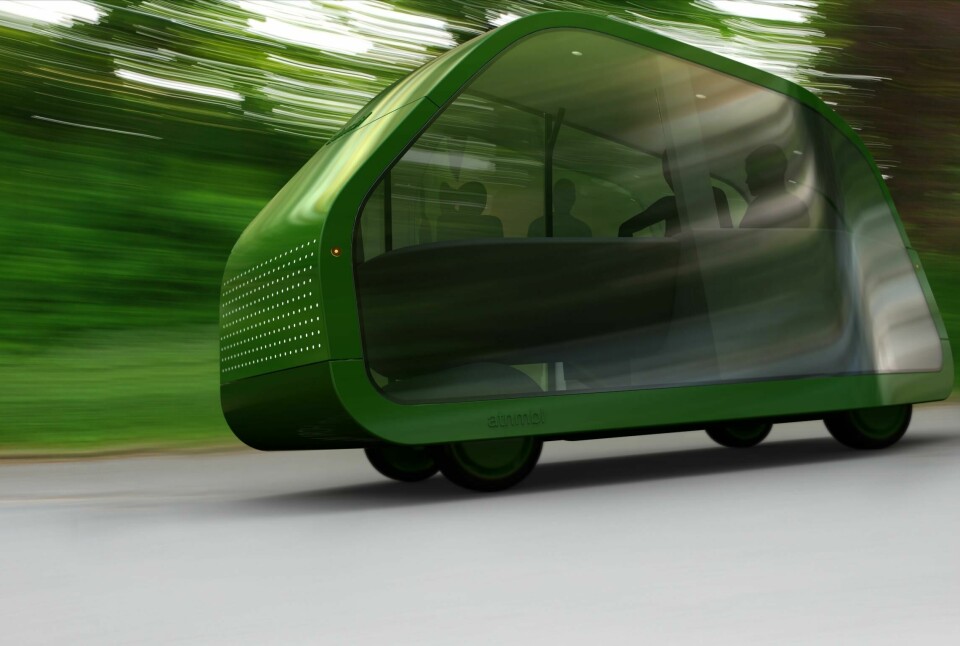
Full Gallery:
















